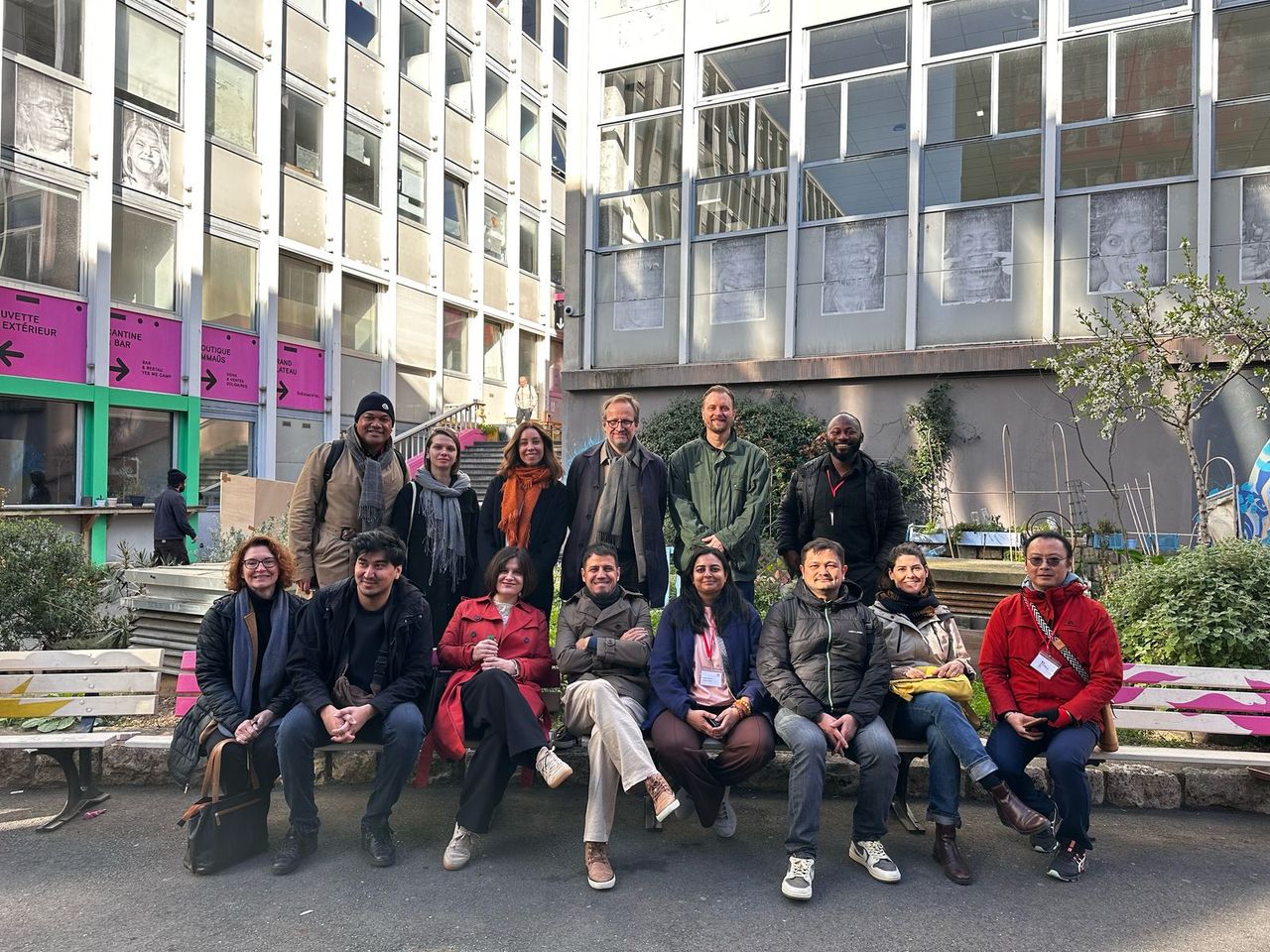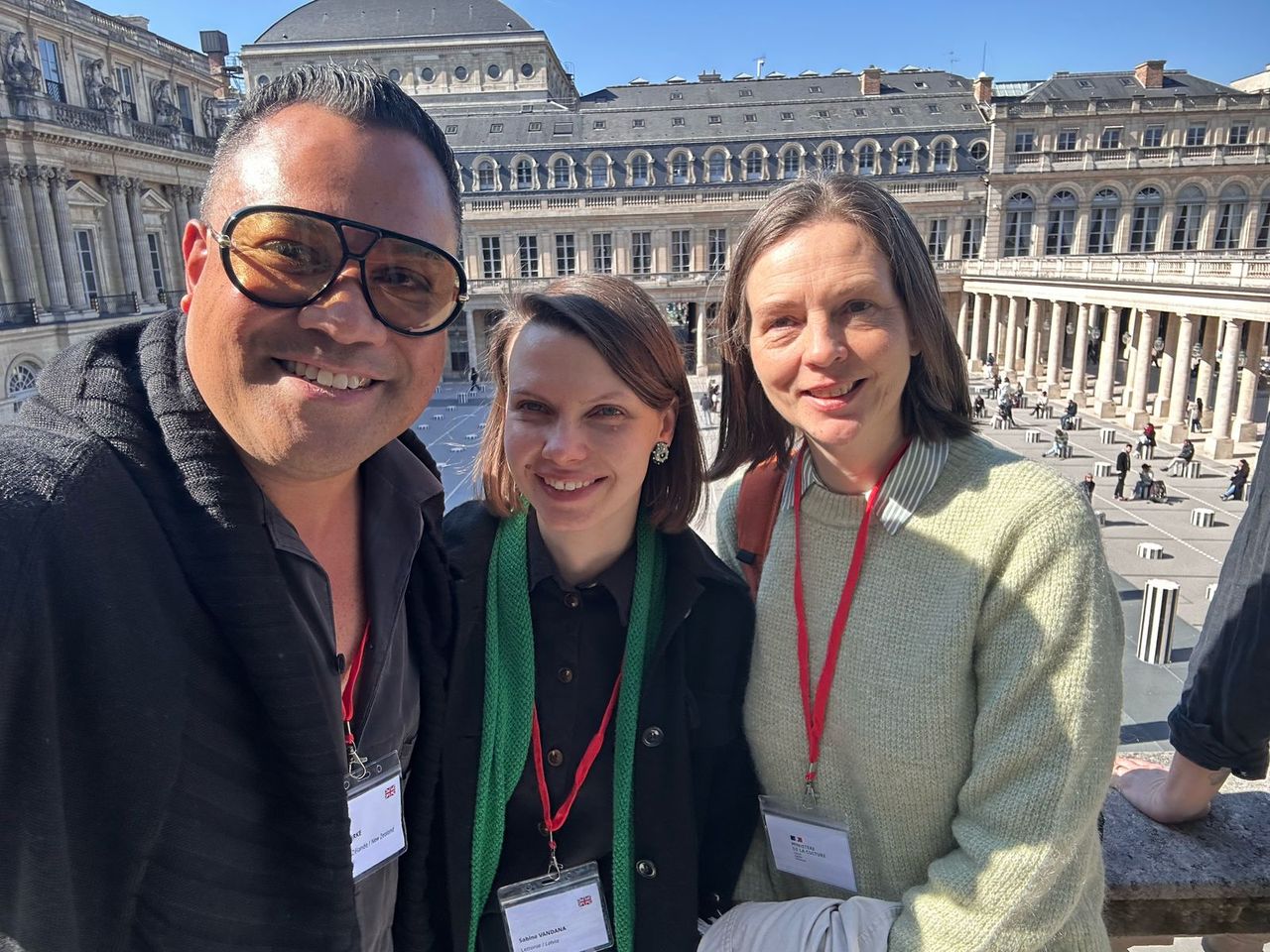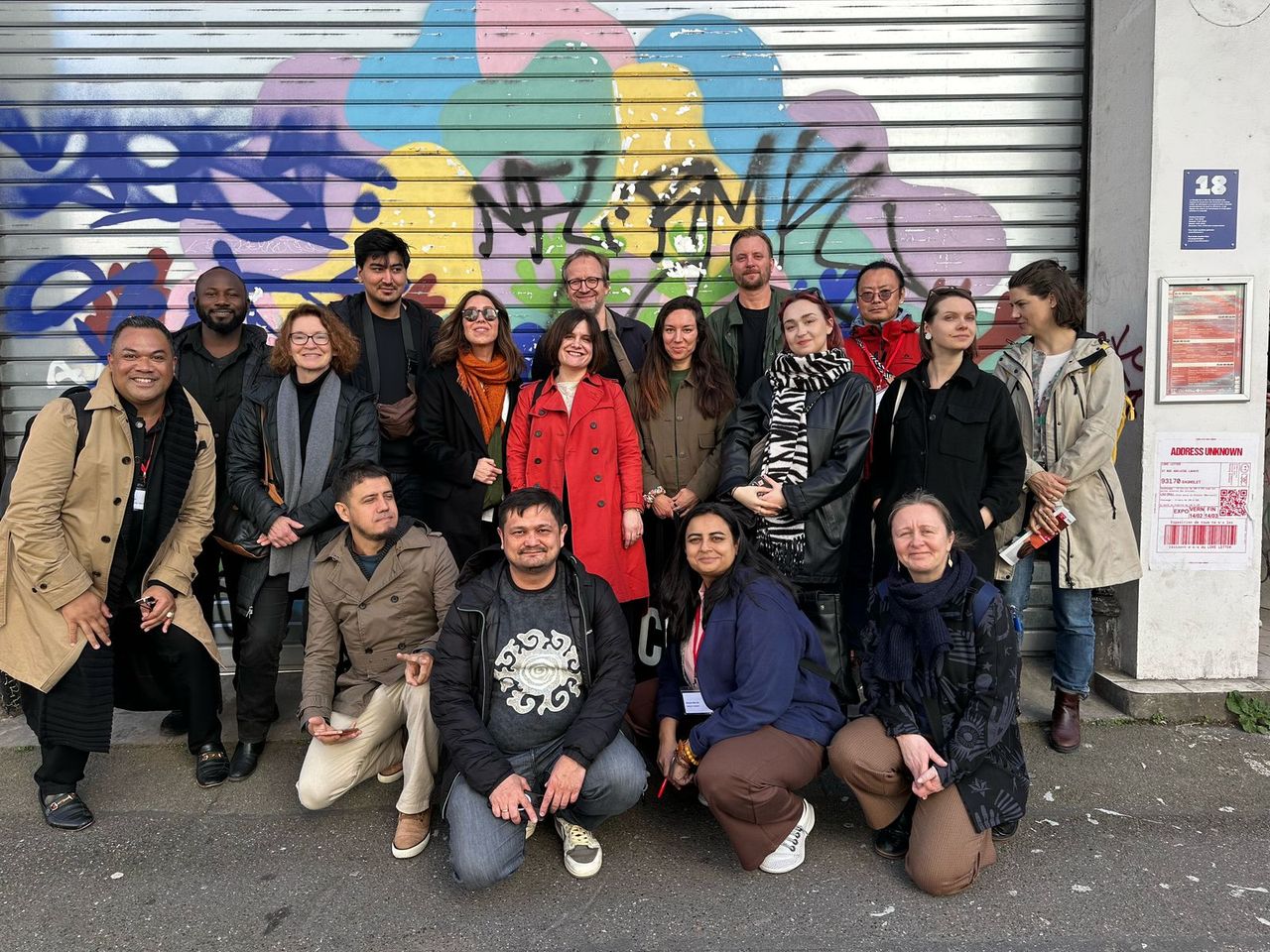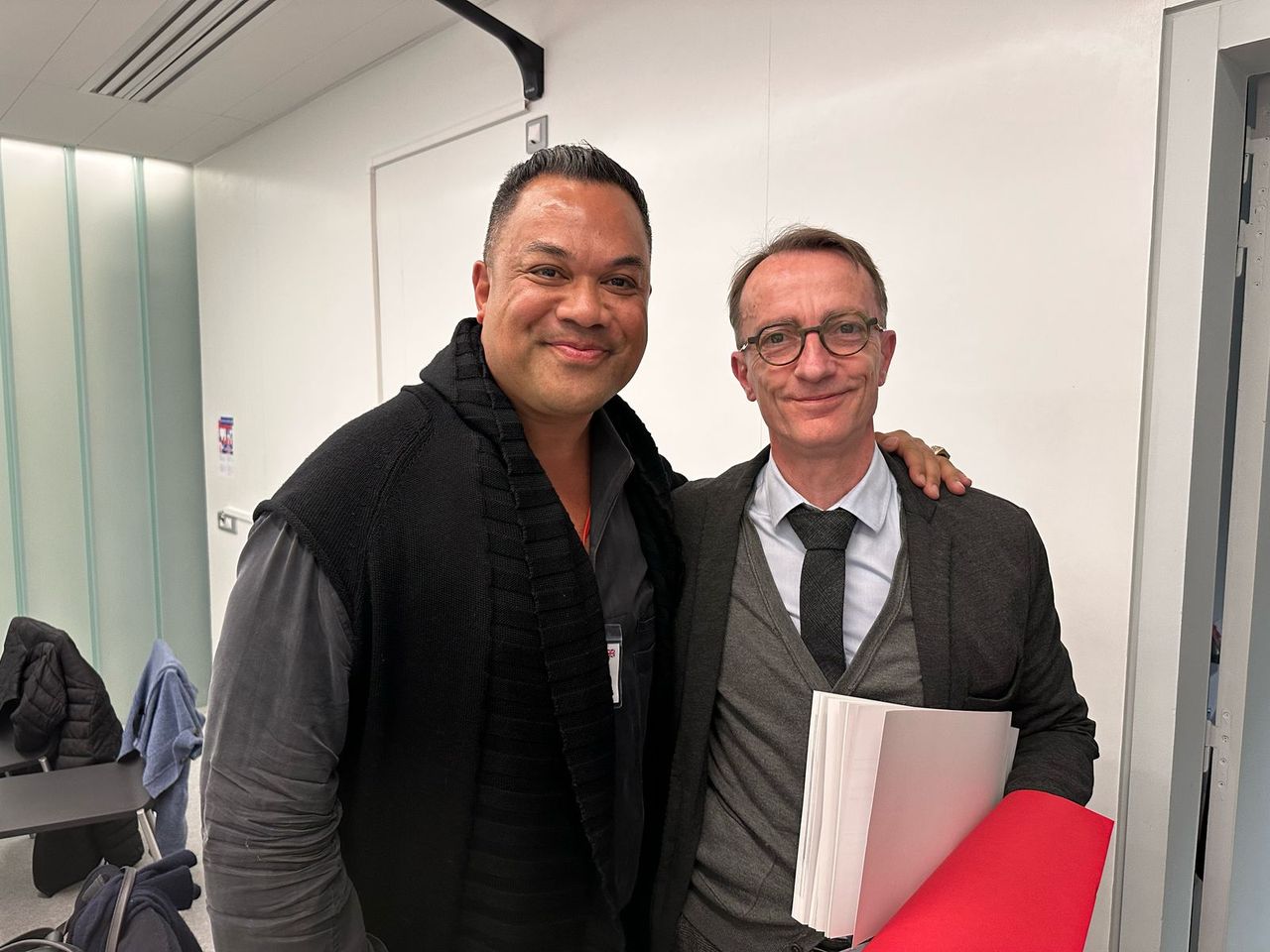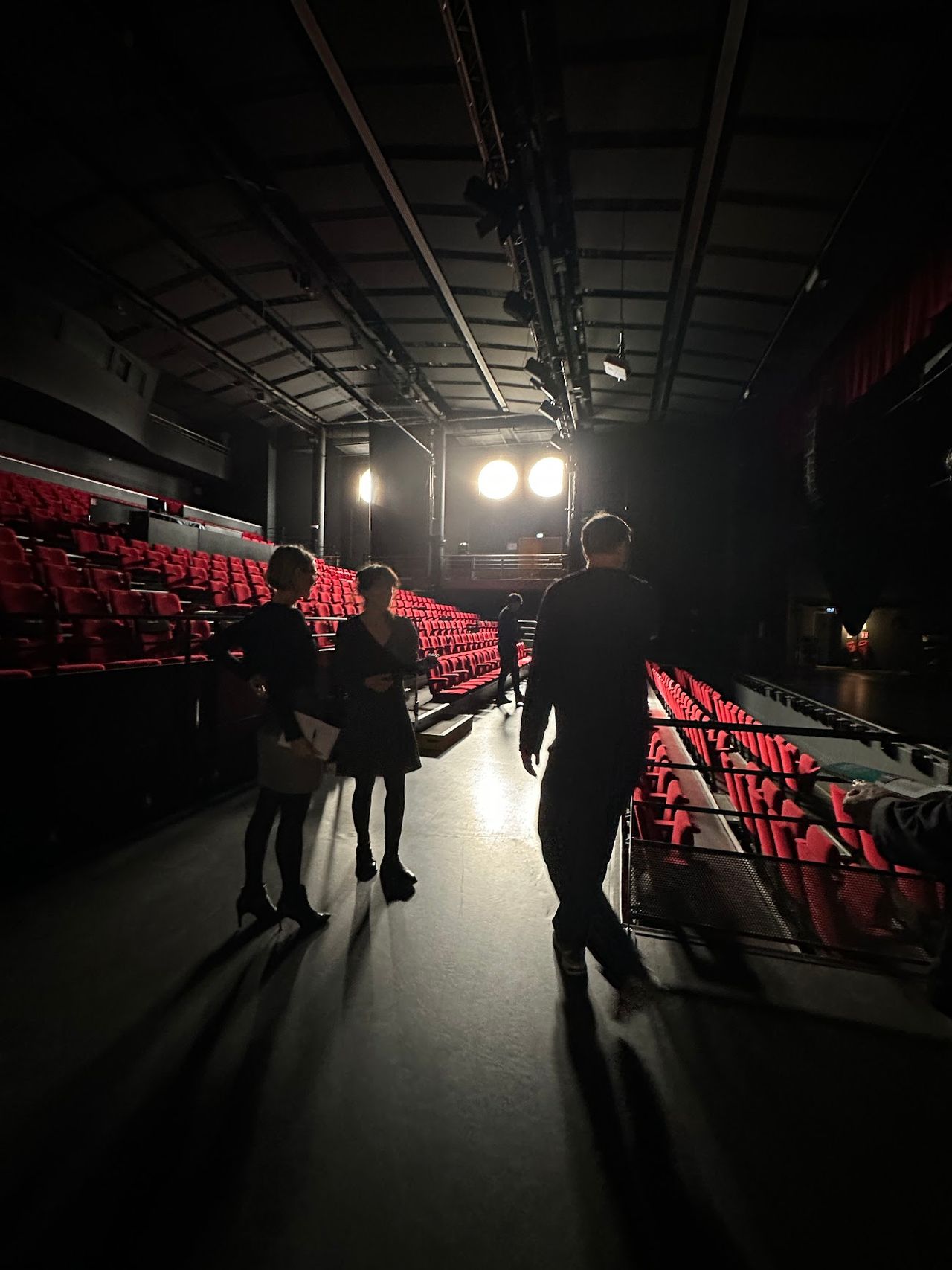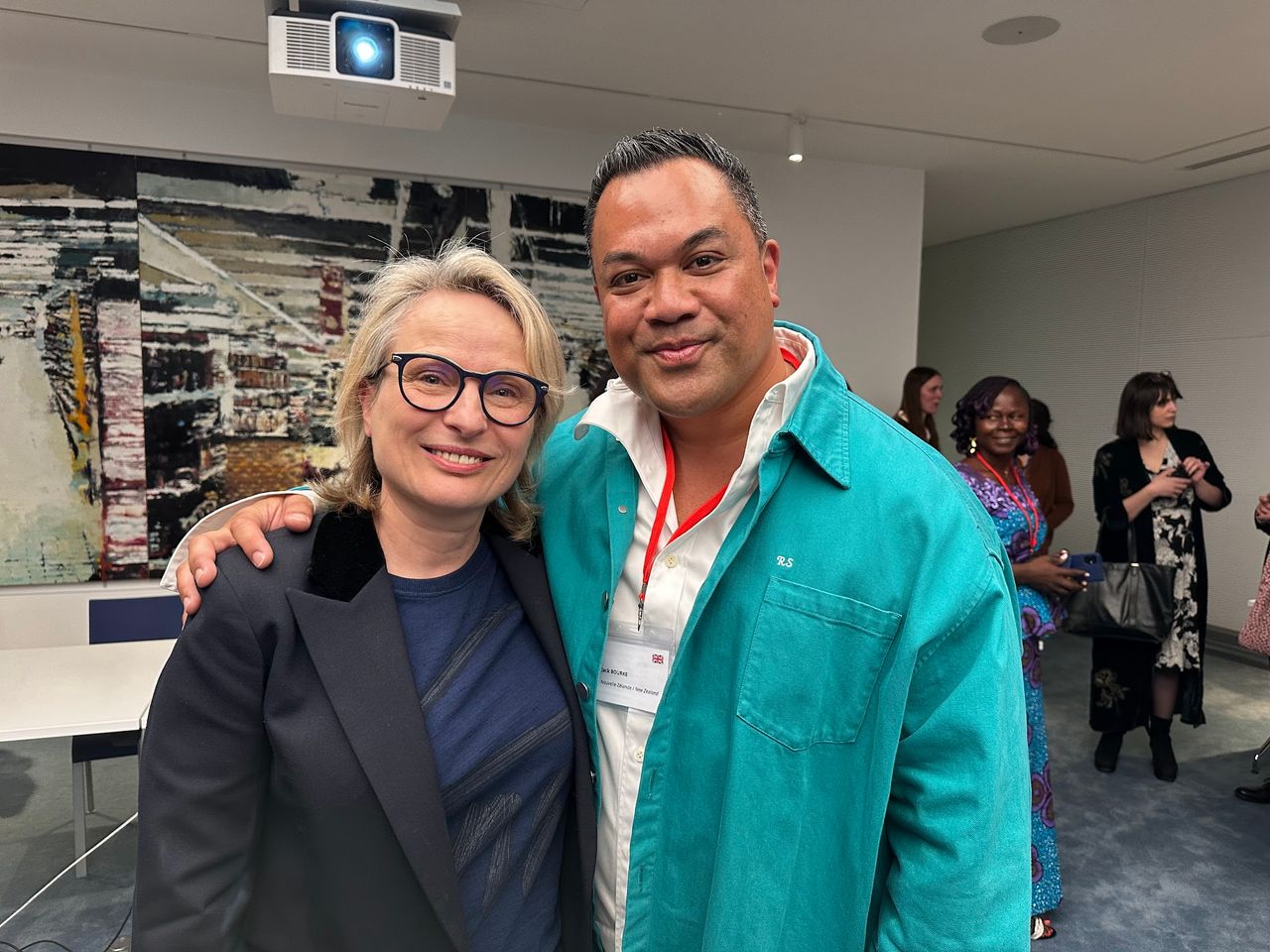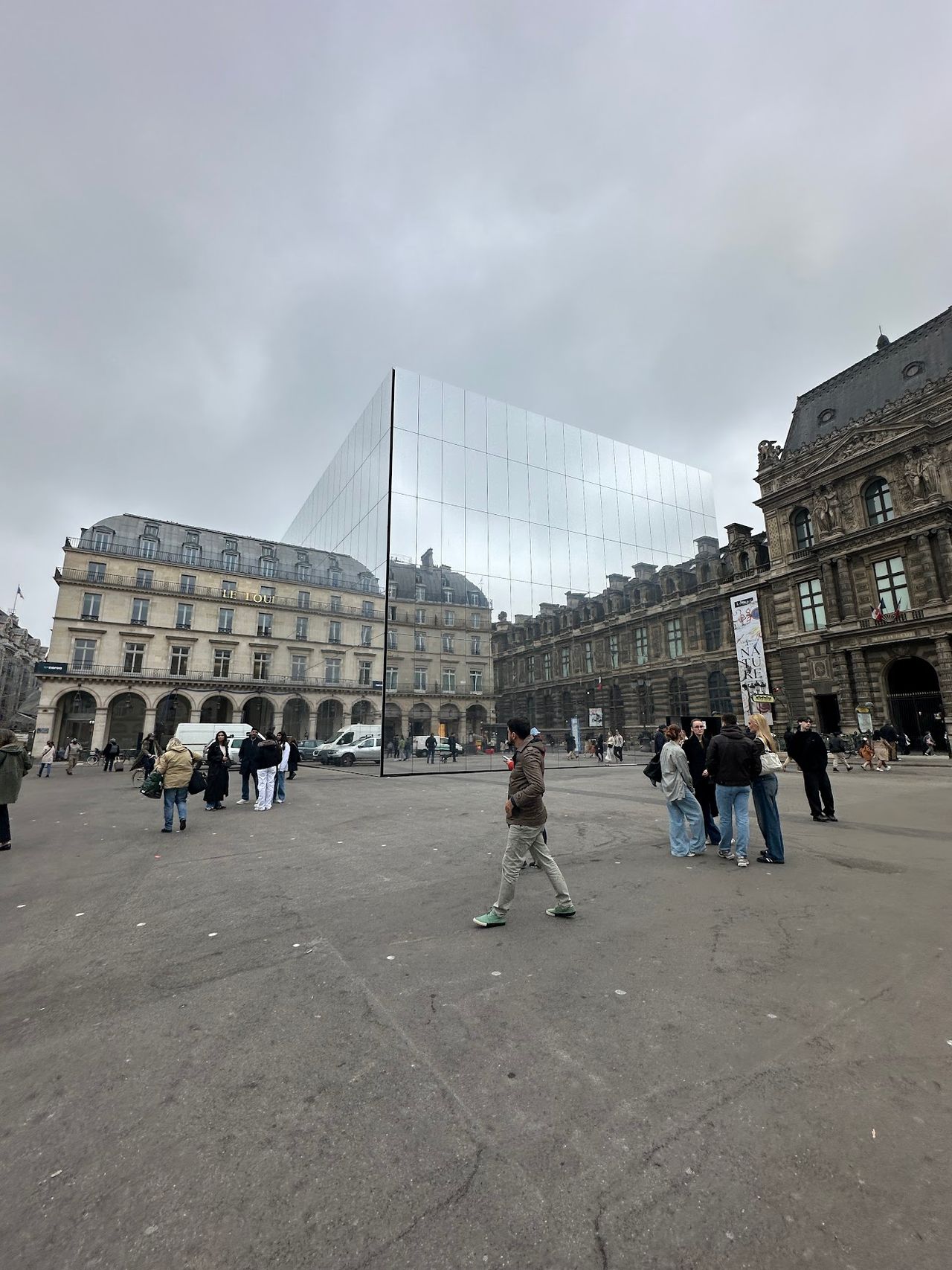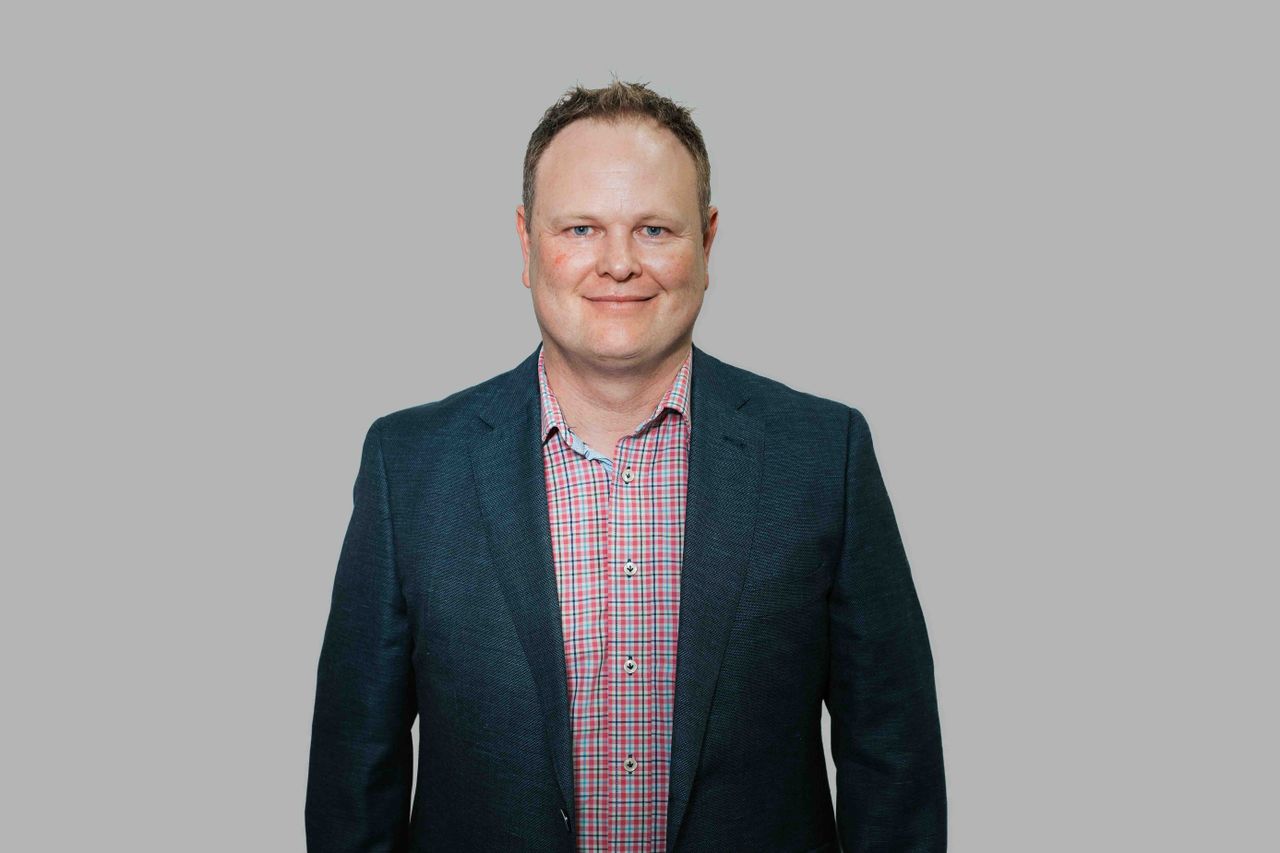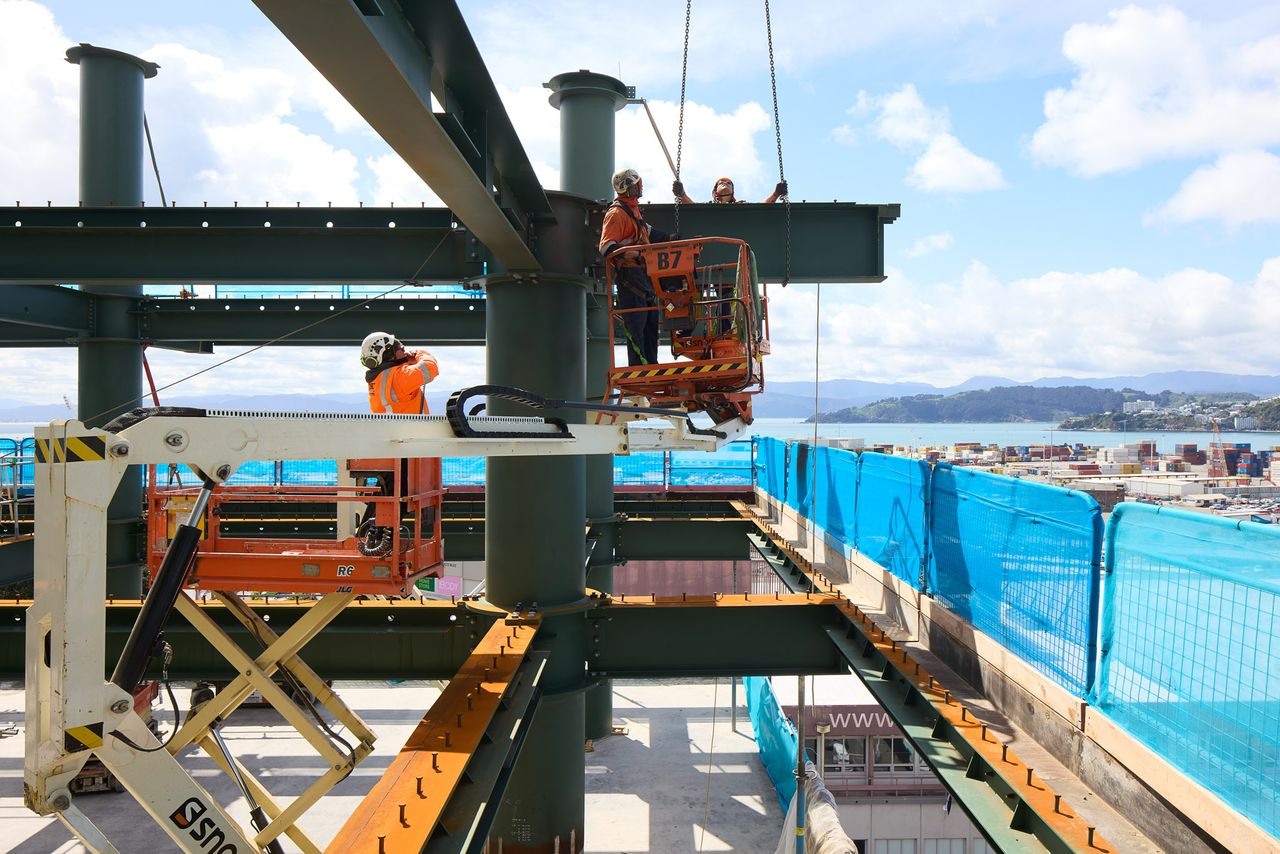News & Insights
How Paris cracked cultural innovation, and what Auckland must do next.
Author
Date
- 2025 May
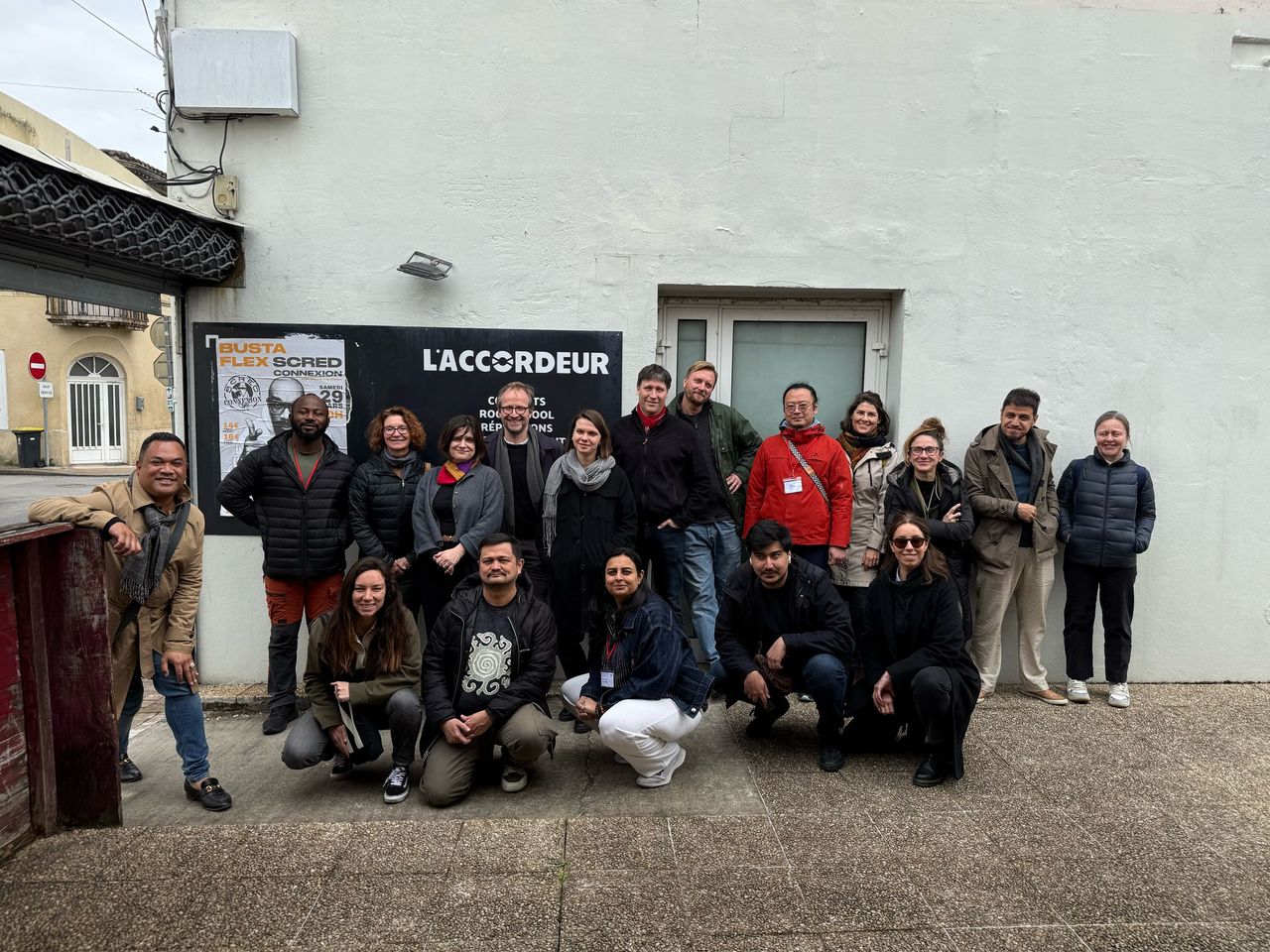
Earlier this month, I had the privilege of representing Aotearoa New Zealand at Courants du Monde, a prestigious international leadership programme hosted by the French Ministry of Culture.
I was one of 14 participants selected from 14 different countries, and the only voice from the Oceania region. As someone deeply involved in shaping Auckland’s urban fabric through projects like The Symphony Centre and the emerging Aotea Arts Quarter, the experience was transformative.
Over ten days, we explored cultural, creative spaces that defy traditional definitions. These are not grand institutions or formal theatres. They are repurposed train stations, factories, and châteaus reimagined by communities to meet social, artistic, and economic needs. They thrive on collaboration, not hierarchy. They welcome messiness, experimentation, and change, and they are shaping the future of cities.
What struck me most was not just the scale of innovation in France’s cultural sector, but the humility behind it. As one from my cohort reflected: “France didn’t just show us her palaces, she showed us her pain points.” From neighbourhoods facing exclusion to regions struggling with disconnection, the country is using culture not as decoration, but as infrastructure for inclusion and regeneration.
This matters for Auckland. Because we, too, are at a turning point.
The 2024 Quality of Life placed Auckland near the bottom of the pack, with nearly a third of residents reporting that their wellbeing had declined over the past year. We’re still navigating the aftershocks of COVID-19, grappling with a struggling city centre, and searching for ways to draw people back into public life. But with the construction of the City Rail Link nearing completion, the opportunity for transformation is even greater. A new wave of transport-led regeneration is on our doorstep — and we must ensure that culture, community, and creativity are at the heart of it.
We must stop thinking of arts and culture as “nice to have.” Globally, culture is being used as a strategic lever for urban renewal, economic development, and social cohesion. Paris, Bordeaux, and Bagnolet have all shown how even modest investments in creative infrastructure can unlock new forms of community engagement, activate vacant sites, and inspire civic pride.
This is not about copying Europe. It’s about learning what works, and translating it for our context.
Just days after returning from Paris, I saw an example of this right here in Auckland’s iconic Strand Arcade — surrounded by hundreds of people for Opera in the Strand, a free concert kicking off Auckland Council’s NZ Music Month programme, proudly supported by the city centre targeted rate. What was once an ordinary retail corridor was transformed into a concert hall — elegant, accessible, and alive with music and community.
